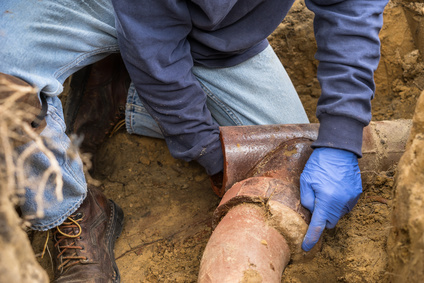
Think a sewer line inspection is an unnecessary expense? Ask anyone who has ever been knee deep in sewage for their opinion on the subject. A sewer line inspection is not part of the standard home inspection package but considering what a nightmare a backed up sewer can be it is a must for homeowners who believe they might have an issue or buyers who are considering purchasing an older home. The cost of an inspection more than outweighs the potential damage that can result from ignoring a sewer problem. If any of these things are happening you might need a sewer line inspection.
Unpleasant Odors
Unless you are standing over the sewer vent stacks on your roof, you shouldn’t be able to smell sewer gas in or around your home. If you do, it probably means you have a damaged sewer line. When the smell is accompanied by mold growth in your home, which only occurs in areas where moisture is present, you shouldn’t waste any time scheduling a sewer line inspection. A sewer smell outdoors is likely coming from pooling wastewater bubbling up from an underground leak.
Your Drains are Backing Up or Draining Slowly
A drain that frequently backs up or doesn’t drain at all can be an early warning sign that something is not right with your sewer line. Most clogged drains can be cleared with a plunger or auger. A serious blockage in the line will be resistant to these common solutions and a sewer line inspection can help locate the issues which could include tree roots or dirt intruding into the line through cracks.
A Leak Under the Foundation
If you find a leak under your foundation, it could be an indication of a damaged sewer line. The main line runs under the slab of your home and if a leak goes undetected it can lead to cracks in the foundation and foundation settlement. In cases like this, you can also expect to make a call to a foundation repair specialist.
Unusually Green Patches in Your Lawn
Every homeowner wants a thick, lush lawn. But when you notice unnaturally green patches of grass it could mean a leaky sewer line is fertilizing that particular section of the lawn. Another sign of a compromised sewer line that you might spot in your lawn is an indentation above the main sewer line that develops when the soil becomes oversaturated. In extreme cases, a sinkhole can develop.
Infestation
This one might make your skin crawl. Rats, cockroaches, and sewer flies are among the pests that can gain entry to your home through a damaged sewer line. These intruders live in city sewers and can enter through small openings in your sewer line and cause all sorts of problems, including potential health risks. In the case of rats, they are naturally drawn to the smell of sewer and pick up on the odor faster than we do. This means you may notice rat holes popping up around your yard if you have an issue. If you are making frequent calls to the exterminator it might be money better spent on a sewer line inspection.
Let us know if you’d like to receive a free quote to get your sewer line inspected!

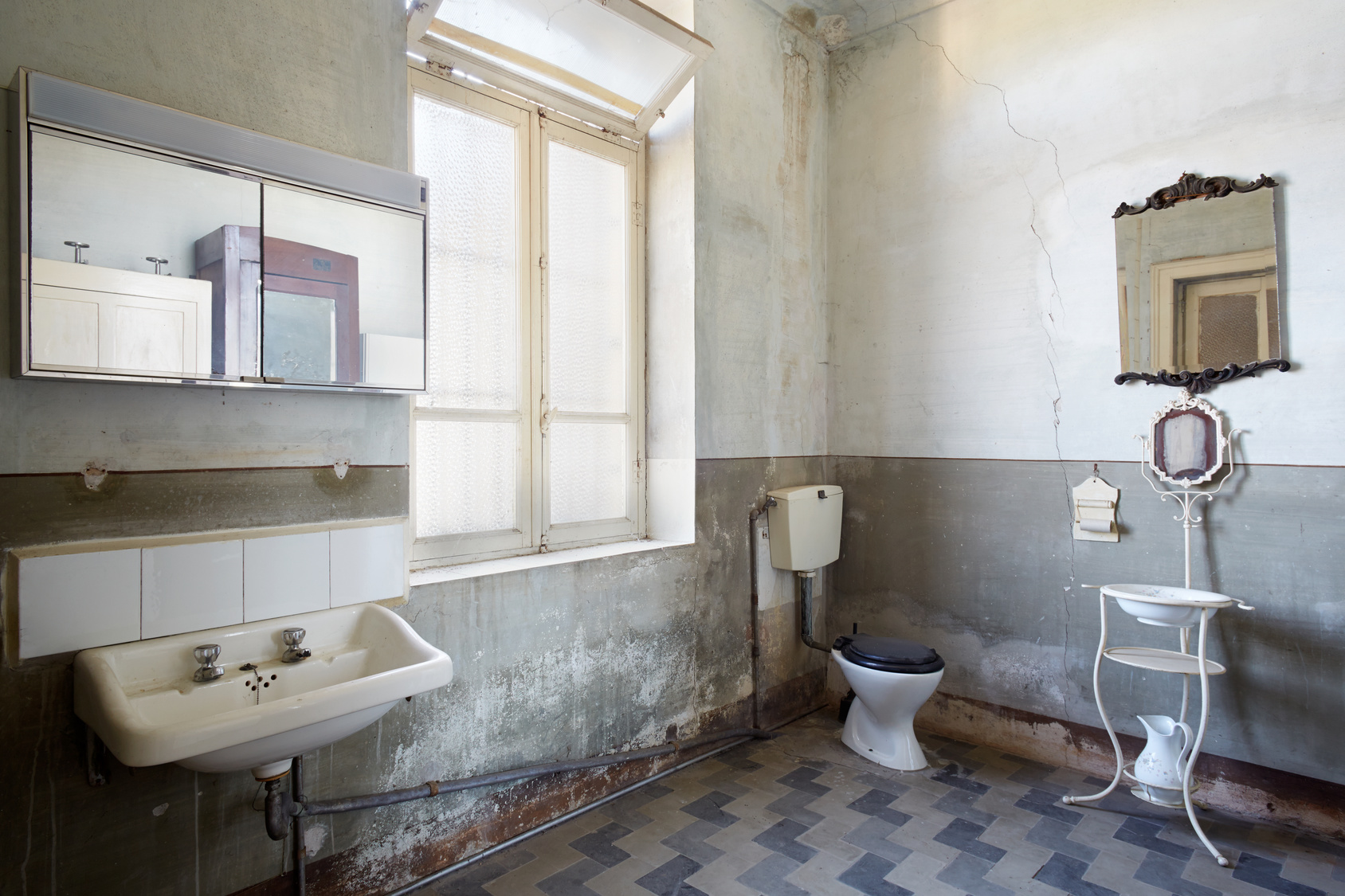
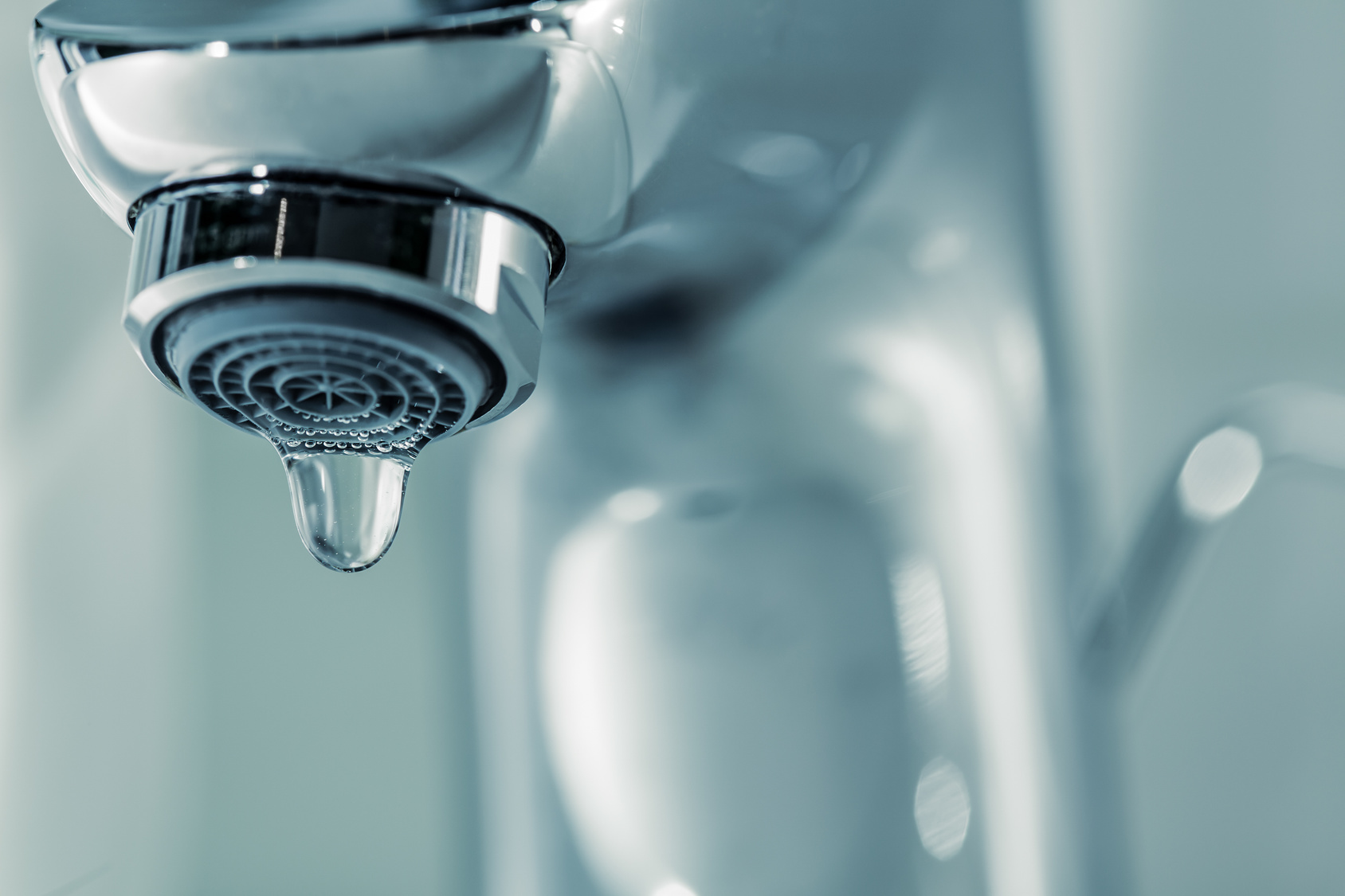
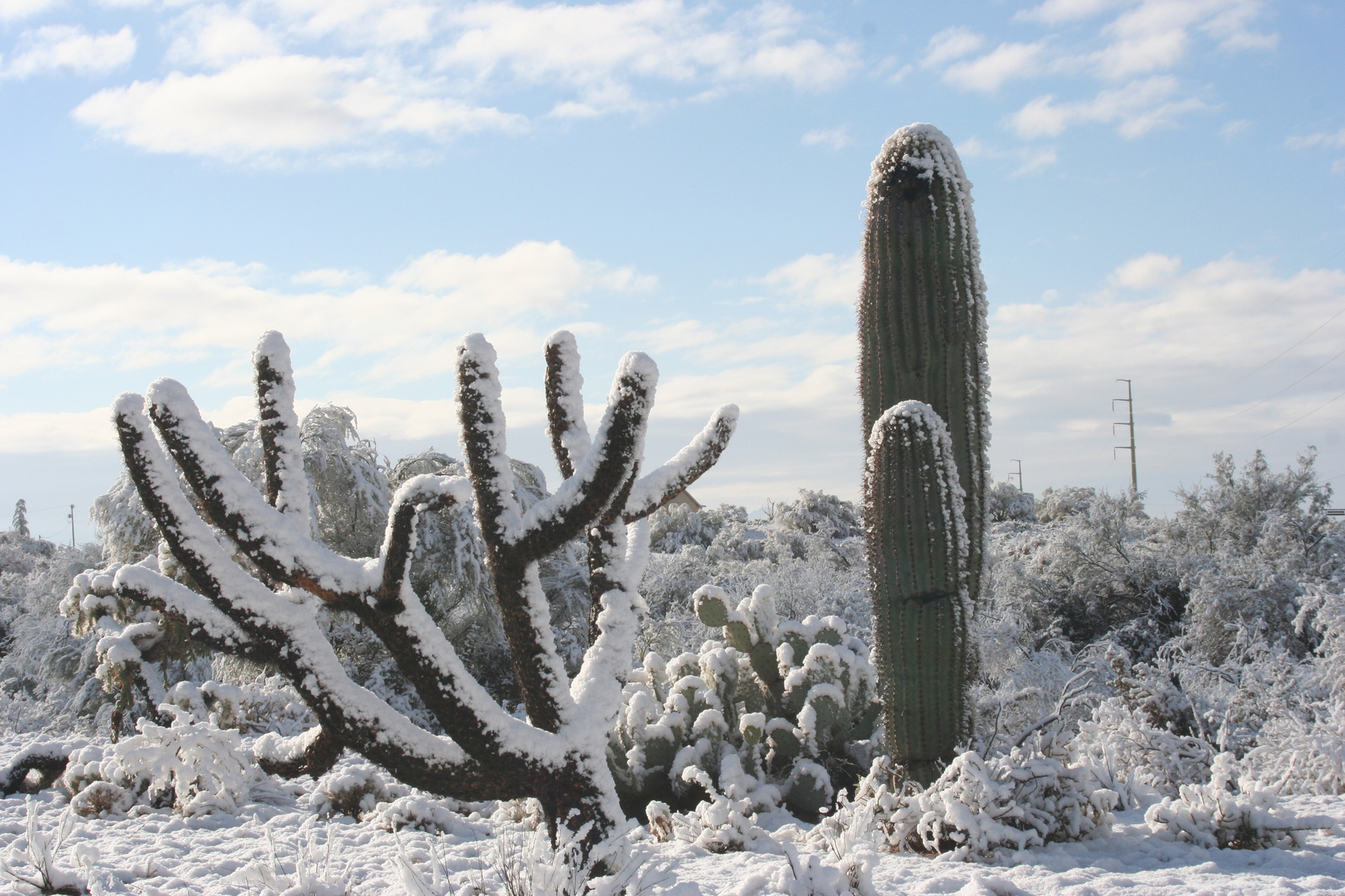
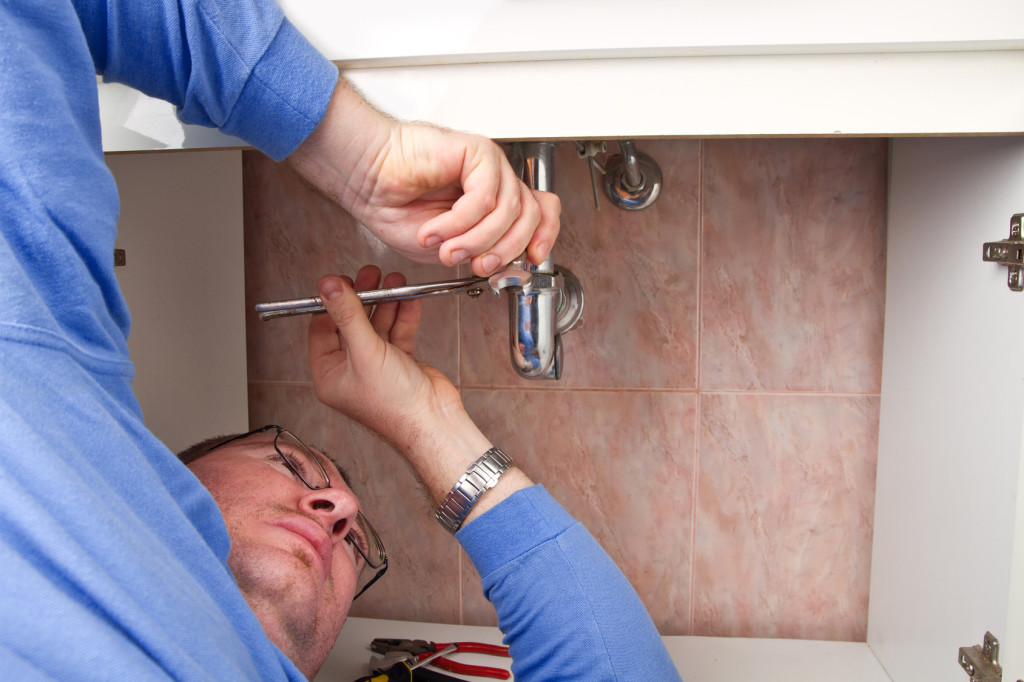
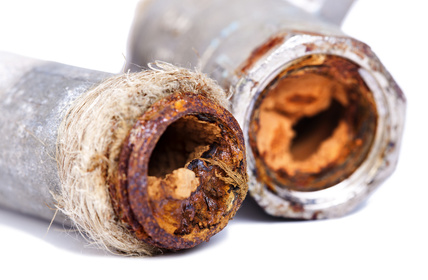 When a water pipe underneath a home’s concrete foundation breaks, water will seep into the home’s foundation and the surrounding ground, causing a slab leak that will need
When a water pipe underneath a home’s concrete foundation breaks, water will seep into the home’s foundation and the surrounding ground, causing a slab leak that will need